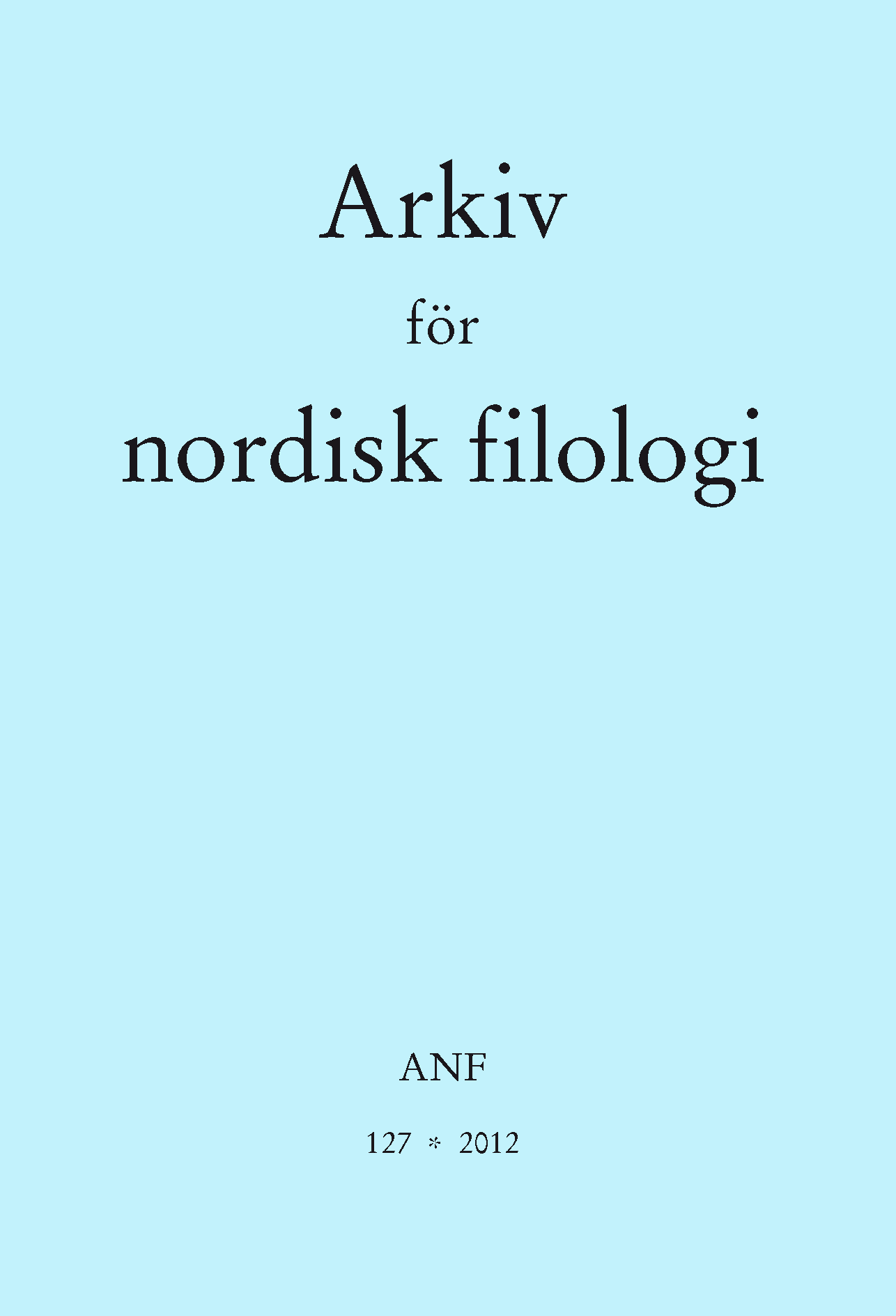Om svenska konjunktioner och deras historia
Abstract
Swedish conjunctions differ from subjunctions by being able to combine main clauses with each other. At the beginning of the literary period (13th century) Swedish had conjunctions meaning ‘and’, ‘or’, ‘but’, all of them with a Proto-Germanic origin. During the following centuries a few causal/explanative and consecutive/conclusive conjunctions were added: ty, for, så. In this article it is argued that these conjunctions were originally established as subjunctions which later became used (also) as conjunctions. The formal differentiation between conjunctions and subjunctions may be related to the rise of the particular syntactic structure of Swedish subordinate clauses in early modern time. It is interesting to note that the development unexpectedly occurred from hypotax to paratax, not the other way round.


